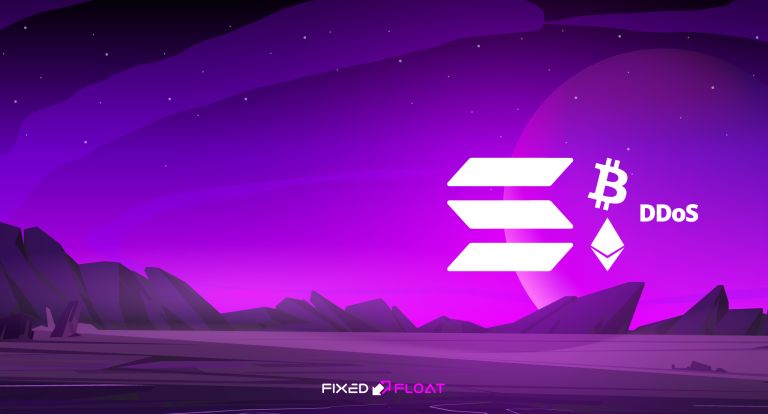On November 15, a hard fork took place on the Bitcoin Cash network, dividing it into two chains — BCHN and BCHABC. The update took place at block 661 647.
Reasons for a hard fork
The Bitcoin Cash network has undergone periodic updates in the past. The next one was to take place on November 15th. But updating the network is only possible with a general consensus. Unfortunately, a split in the Bitcoin Cash community has been brewing for a long time, and this time it has not been avoided.
Two developer companies, Bitcoin ABC and nChain, could not agree on the key directions for the development of the project. The reason for the conflict was the unilateral decision of the ABC team to implement the new Grasberg algorithm. With the help of it, the developers wanted to make mining more stable, and the emission of coins more predictable.
Also, the ABC team wanted to change the remuneration distribution scheme and take 8% of payments for the mined blocks to the developers fund. This idea is known as IFP (Infrastructure Funding Proposal). It was criticized by both miners and the BCH community. They are not ready to give part of their proceeds to the development of the network.
The BCHN team proposed an upgrade without IFP, which is why 85% of miners supported them even before the hard fork. Even then, it was obvious that BCHN would become the main chain.
Consequences of a hard fork
There was increased volatility before the hard fork. 3 blocks before the activation of the update, the Bitcoin Cash price filed from $260 to $245, and then returned to the $250 level. Before the update, most exchanges froze the input and output of coins, and also announced their intention to support the BCHN chain.
4 minutes after the hard fork, a 661 648 block was found that supports BCHN. The BCHABC block was found only 72 minutes later. Currently, there are catastrophically few blocks in the BCHABC blockchain in 24 hours. The interval between blocks can be up to 8 hours. The BCHN chain, which was supported by the majority of miners, came out ahead in terms of the number of mined blocks.
According to Blockchair.com, the BCHN hashrate after the hard fork was 1.56 Eh/s, while on the BCHABC network it was only 0.03 Eh/s. BCHN is supported by 50 times more miners than BCHABC. At the time of this writing, the gap became smaller, BCHN — 1.78 Eh/s, BCHABC — 0.14 Eh/s.
With an update to the BCHN blockchain, the difficulty adjustment algorithm (DAA) has been replaced with a new algorithm called ASERT. This was done to eliminate periodic hashrate fluctuations and maintain an average interval between block outputs.
The day after the hard fork, the exchanges announced the resumption of trading activity with the cryptocurrency. Many of them chose the BCHN chain, leaving it with the name Bitcoin Cash and the ticker BCH.
We recommend that you pay attention to the likelihood that when a transaction is carried out in the BCH blockchain, it can be copied to the BCHABC blockchain and reproduced in it.










